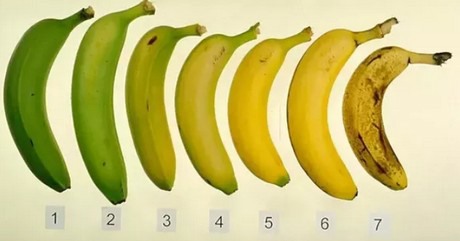Scientists of University of Newcastle (Australia) have developed a rice starch edible coating blended with sucrose esters to control the postharvest physiological activity of Cavendish banana and to extend postharvest quality during ripening at 20 ± 2 °C. They evaluated the coating's effectiveness against changes in fruit physiochemical parameters in terms of weight loss, titratable acidity, total soluble solids, flesh fruit firmness, ion leakage, colour change, respiration, ethylene production, chlorophyll degradation and starch conversion.

"Surface morphology studies have highlighted the binding compatibility of the coating matrix with the fruit peel character and formed a continuous uniform layer over the fruit surface - scientists explain. The results show that the coating is effective in delaying ethylene biosynthesis and reducing respiration rate. Also the other factors impacting quality were reduced with consequent improvement of the commercial value of the fruit. The shelf life of coated fruit has been prolonged for 12 days compared to the untreated control which ripened within seven days and lost marketability after Day 6. These results demonstrate the effectiveness of a starch-based edible coating formulation for improving the ambient storage capacity of banana fruit".
Source: Rahul Thakur, Penta Pristijono, Michael Bowyer, Sukhvinder P. Singh, Christopher J. Scarlett, Costas E. Stathopoulos, Quan V. Vuong, 'A starch edible surface coating delays banana fruit ripening', 2019, LWT, Volume 100, pages 341-347.
